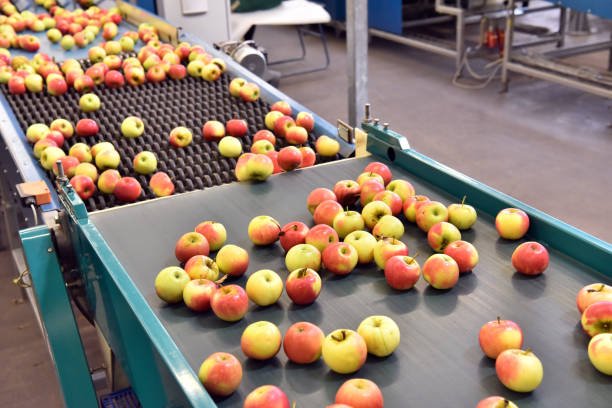Apples are a popular fruit that are enjoyed fresh, but they can also be preserved for later use. There are several different techniques that can be used for apple preservation, each with its own unique advantages and disadvantages.
One common technique for preserving apples is drying. This involves removing the moisture from the apples to extend their shelf life. Dried apples can be stored for several months in a cool, dry place. Drying can be done naturally, by laying the apples out in the sun, or with a dehydrator. In some cases, sulfur dioxide is used to prevent browning and maintain the color of the dried apples. Dried apples can be used in baking, as a snack, or added to granola or trail mix.
Canning is another popular method of preserving apples. This involves cooking the apples and sealing them in jars to create a long-lasting, shelf-stable product. Canned apples can be stored for up to a year and can be used in a variety of recipes, including pies, crisps, and sauces. Canning requires specialized equipment and careful attention to food safety practices to prevent the growth of bacteria.
Freezing is a convenient and simple way to preserve apples. This involves washing, peeling, and slicing the apples, and then freezing them in airtight containers or bags. Frozen apples can be stored for up to a year and are ideal for use in baking or cooking. Frozen apples are also great for making smoothies or apple sauce.
Another technique for preserving apples is through the use of controlled atmosphere storage. This involves storing the apples in a controlled environment with low oxygen levels and elevated carbon dioxide levels. This helps to slow down the ripening process and can extend the shelf life of the apples for several months.
Preserving apples not only extends their shelf life but also helps to reduce food waste. It is important to use proper preservation techniques to ensure that the apples remain safe to eat and maintain their quality. The science behind apple preservation involves understanding how moisture, temperature, and oxygen levels can affect the fruit. By using the right techniques, apples can be enjoyed throughout the year, whether fresh, dried, canned, or frozen.





